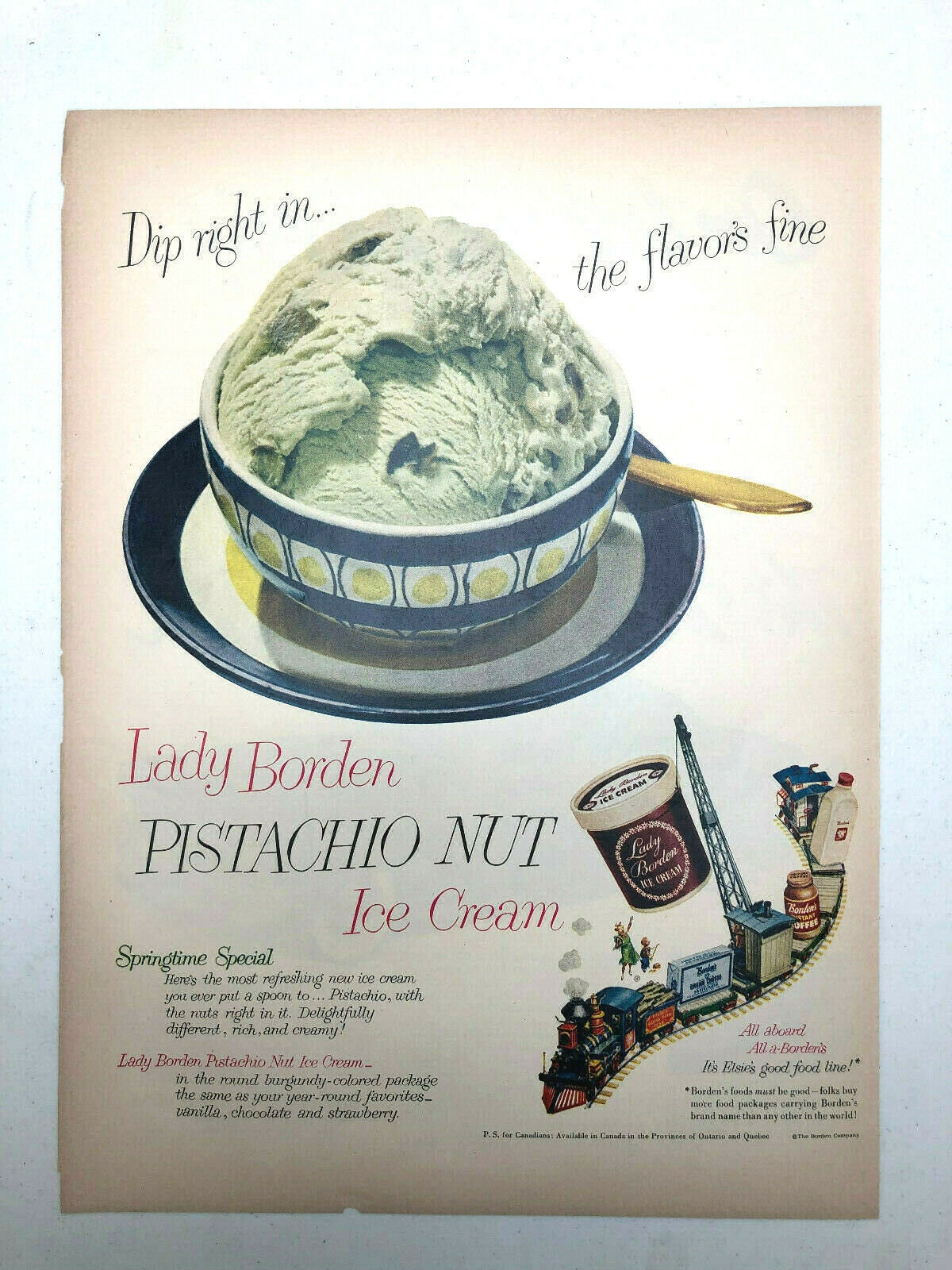2-3 minute read
Pistachios have been around for a really long time. This tasty nut has a rich history, and although now it is enjoyed worldwide, it wasn't always this way.
Pistachios appear throughout literature and religious text. In fact, pistachios are one of only two nuts mentioned in the Old Testament - the other being almonds. They are believed to have been one of the foods Adam brought to Earth and grew in the Garden of Eden.
In the Hebrew Bible, it is told that pistachios were a favourite of the Queen of Sheeba, who loved them so much she declared pistachios an exclusively royal food - and even demanded all her land's production for herself.
Historically, the cracking of pistachio nuts was considered a good omen - specifically for romantic relationships, likely due to their aphrodisiac properties.
Legend has it, during the reign of King Merodach-Baladan in 700 BC, the Hanging Gardens of Babylon contained pistachio trees.

An artist's rendering of the Hanging Gardens of Babylon.
Archaeologists believe the earliest consumption of pistachios trace back 300,000 years ago to the Neanderthals!
They were vital travel items for early explorers and traders due to their exceptional nutritional value and shelf life. You would find them being carried by by travellers, crossing the ancient Silk Road connecting China to the West.
They weren't just used as a tasty treat. Pistachios were often used in folk remedy for ailments ranging from toothaches to liver damage.
Through the conquests of Alexander the Great, the pistachio nut reached Greece. Then, during the 1st century AD and rule of Roman Empire Tiberius, pistachios made their way to Italy and Spain.
In central Europe, it was nicknamed the "Latin Penny nut", due to its introduction from the Italian sales through the Alpine passes. Here, it was used to make sauces and desserts, and was only enjoyed by the rich.

1952 vintage Lady Borden Pistachio Nut Ice Cream advert.
It wasn't until the 19th century that the pistachio was cultivated in the English-speaking world, when the pistachio tree was introduced to Australia, New Mexico and California as a garden tree.
Following World War II, the pistachio nut's image transformed from a lavish baking ingredient to the popular snack we enjoy them as today.
Now, pistachios are enjoyed worldwide! In China, the pistachio nut is known as the "Happy Nut" because it looks like it's smiling. They're often given as a symbol of health, happiness, prosperity and good fortune during Chinese New Year. Oh, and pandas love them.
During Diwali, pistachios are given as "hot food" - capable of keeping the body warm, and a symbol of love and good wishes.
In Korea, the 24th of February marks Daeboreum, or "Full Moon". Friends and family gather to drive evil spirits away with the sounds made by cracking open pistachios.

Pistachios being scooped - image captured by Marcos Paulo Prado.
Did you know, the tastiest pistachios known come from the small island of Aegina in Greece. This is due to the unique volcanic soil and arid climate present.
Wow! The pistachio is adored worldwide - and with more people enjoying them everyday, the future is looking bright for the happy nut.

